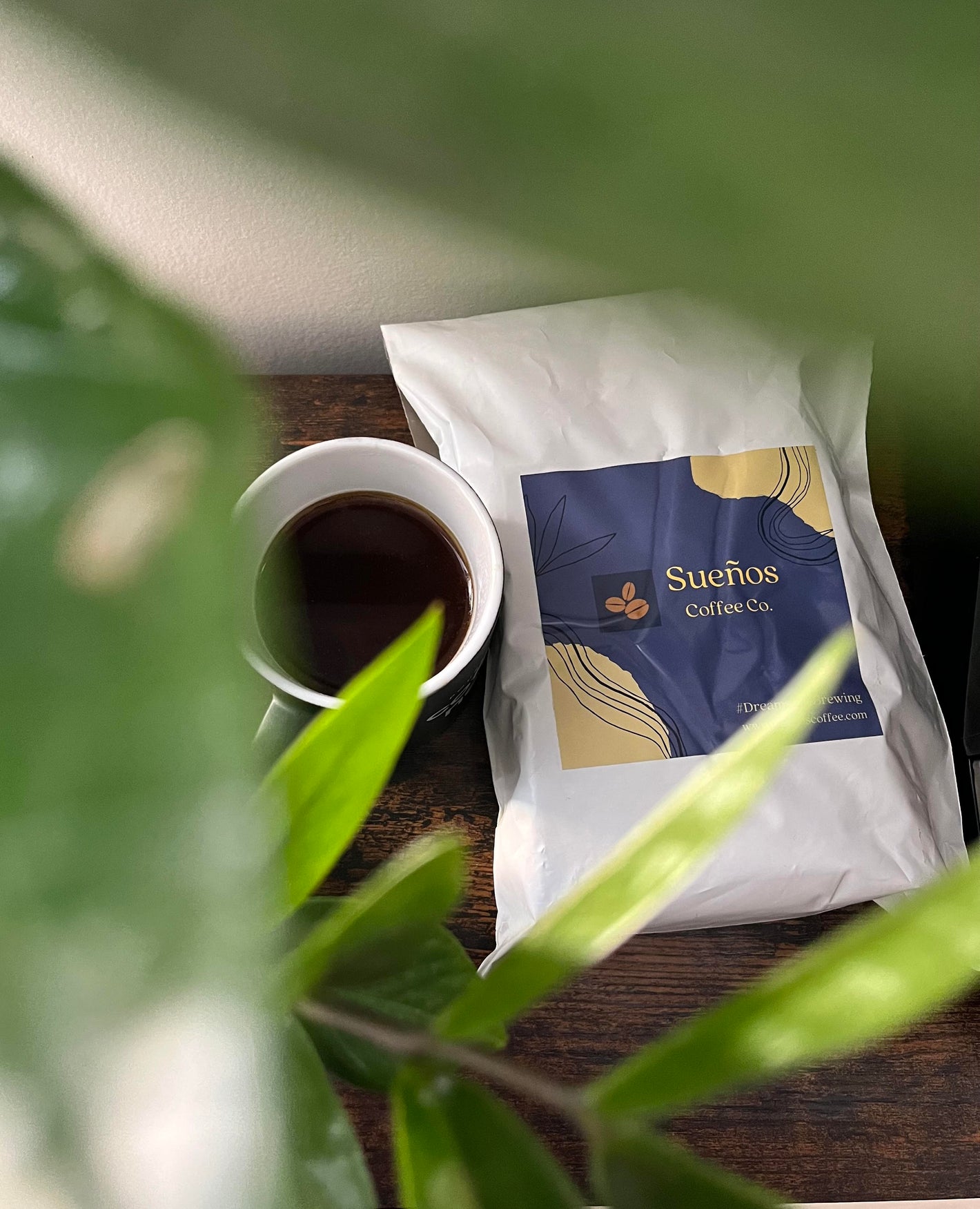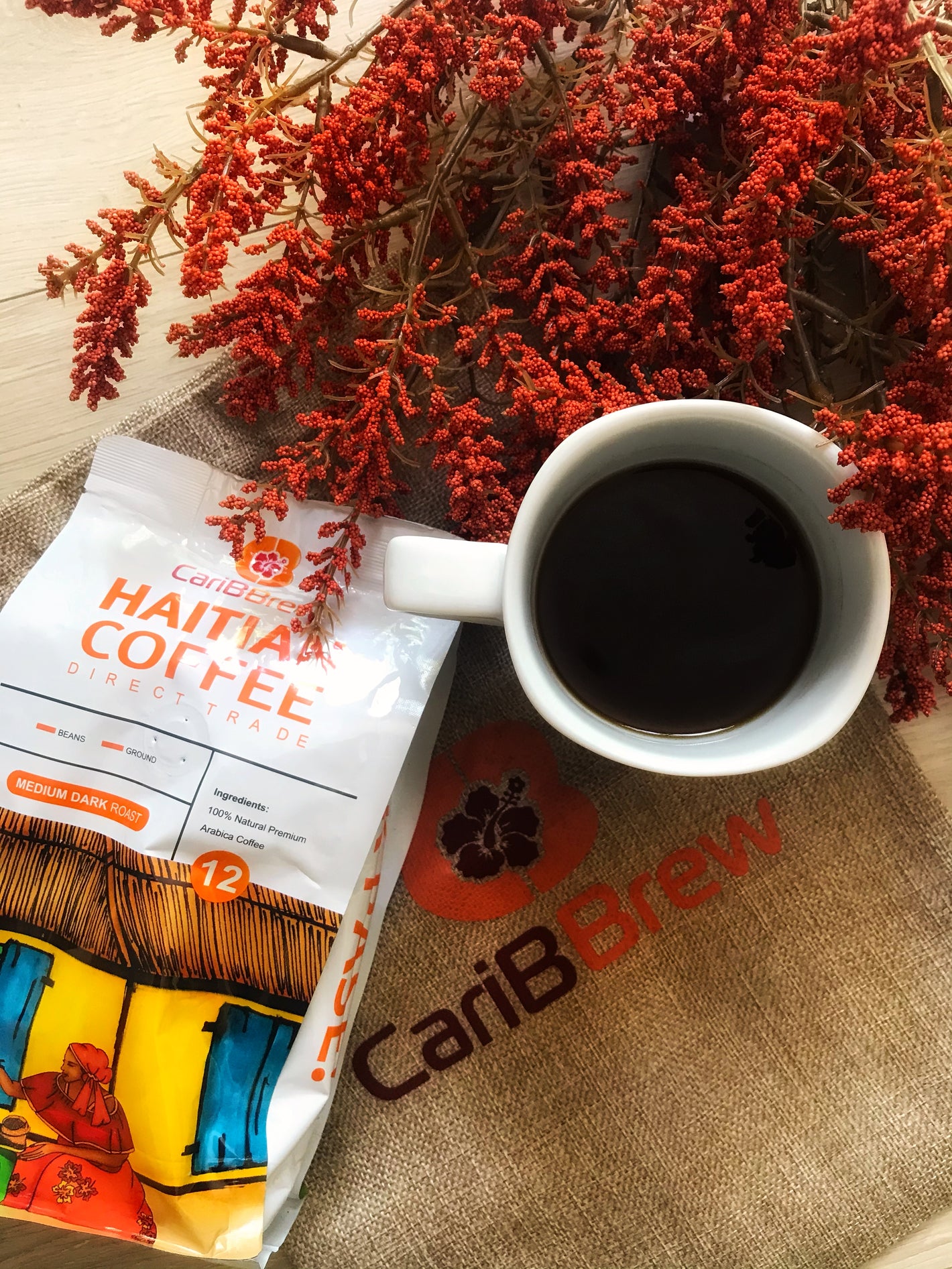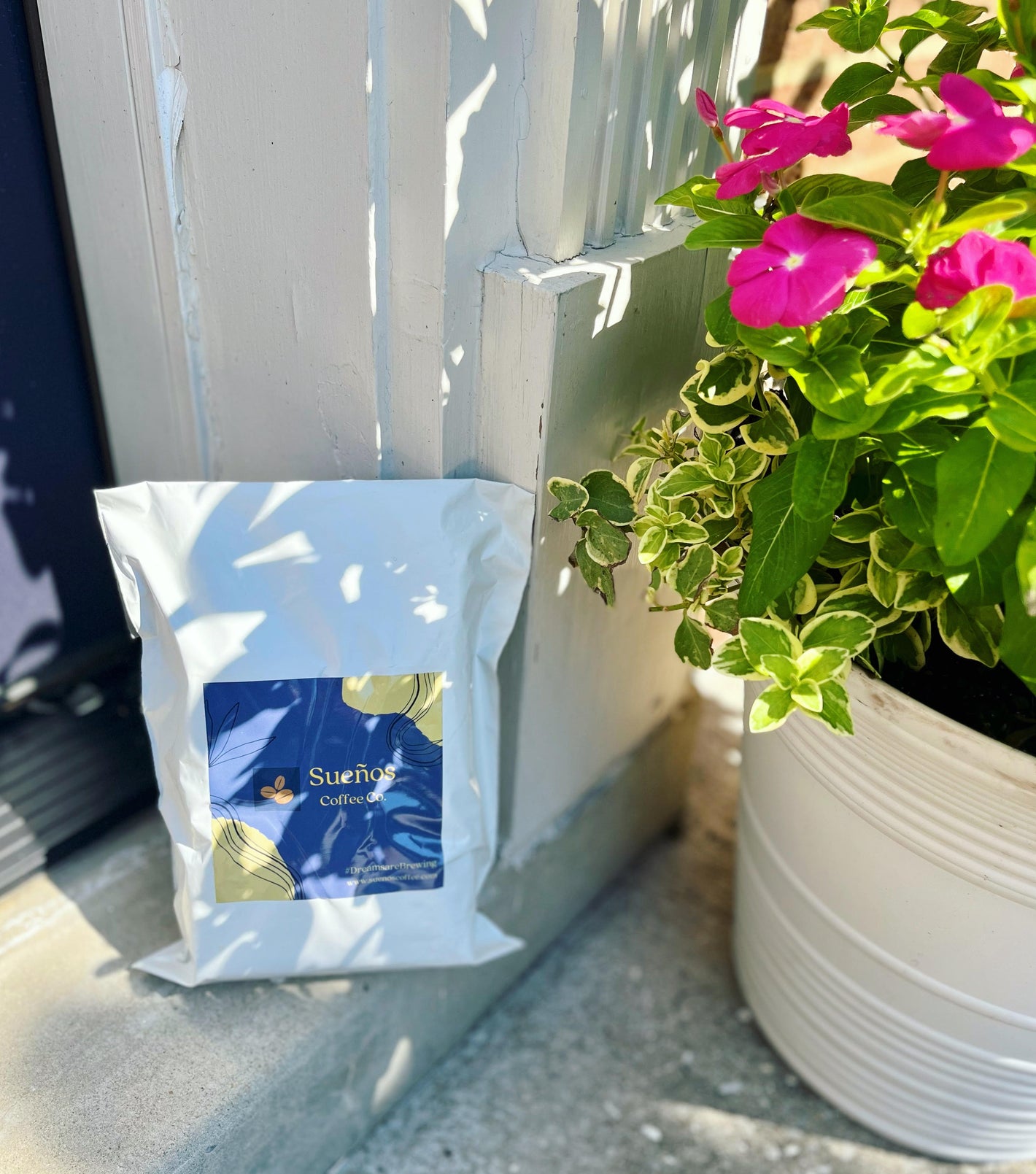A coffee's process is how it goes from cute little cherry, to magical green bean ready to be roasted. This process might not be something the average coffee drinker thinks about when they are aimlessly walking the coffee aisle looking for their next caffeine fix, but it should be.
The truth is, these processes are back breaking work and performed primarily by Black and Brown farmers across the world (70% of which are women) who very rarely get to witness the luxury of the fruit of their labor.
Understanding these methods, and the people behind them, has made me so much more appreciative of my daily cup and all that has gone into getting it into my hands, and I hope it does the same for you!
There are 4 coffee processing methods and each effect the acidity, sweetness, and body of a coffee.
So what are they?
1. Natural/Dry Process
2. Washed/Wet Process
3. Wet Hulled/Semi-washed Process
4. Honey Process
Let's dig in a little deeper for each.

Natural/Dry Process Method
This method originated in Ethiopia and is a "traditional" method more commonly used in areas where water scarcity is a big concern, and where the weather can accommodate the process. Once the coffee cherries are picked, they are laid in a single layer dried in the sun for 3-6 weeks. During this time the cherries are regularly raked and moved to avoid mold growth and fermentation.
When ready, the cherries are then hulled, which means the fruit and mucilage is removed from the seed. This seed is then sorted and graded and prepped for shipment.
The natural/dry process usually results in juicy, full-bodied coffees with complex flavors.
Washed/Wet Process
The washed or wet process is another common method used. In this process, the seeds are removed before drying. Once the cherries are picked they go through a depulper to remove the outerskin and pulp, they are then "washed" in tanks of water to remove the remaining mucilage from the seed. After this, they are laid out and dried in the sun, similar to how its done in the natural process method.
This process is often a favorite because it is quick, efficient, and often leads to a more bright and crisp coffee. The flavor notes in a washed coffee are usually easier to differentiate than in a natural processed coffee.
Wet-hulled/Semi-washed Process
This process is more common in Indonesia and surrounding areas, where the high-humidity levels make drying difficult. It is used to speed up the drying time.
In this process, the cherries are first sized and sorted in water, then moved to a depulper to remove the outerskin and pulp. After this they are stored in plastic tanks overnight to ferment. This caused the leftover mucilage to thicken. The cherries are then removed, and hulled, a process where a machine removes the leftover mucilage. The seeds are then dried. However, instead of taking 3-6 weeks to dry, using this method they can dry within 12 hours.
Wet-hulled coffee usually results in low acidic, heavy bodied, chocolaty and nutty coffees.
Here is a great video showing the process from the Bergandal Mill in Indonesia.
Honey Process
The honey process is a rare and challenging method that combines the washed and natural processes.
Like in the washed method, the outerskin and pulp is removed from the seed prior to drying. However, it does not get washed to remove the remaining mucilage. Instead it is laid out and dried with the mucilage still in tact. The amount of mucilage attached determines the sweetness of the seed. During the drying period, the seeds are frequently raked to avoid mold and fermentation.
After drying, it is processed through a hulling machine to remove the dried mucilage from the seed.
The result of this method is a clean, rich, and syrupy sweet cup of coffee.
Under each of our coffees you'll find the process method used which will help tell you what to expect with taste, outside of just the roast level and tasting notes described (which are subjective anyway).
A fun thing for you to do: Purchase two coffees from our marketplace with different processing methods, brew them, and taste (before adding milk & sugar) and see if you can figure out the differences. You might just realize which method is your favorite!




